Women have a storied history of working in the traditionally male-dominated industry that is freight rail. In fact, it was 1901 when Sarah Clark Kidder became the first woman in the world to lead a railroad, when she was elected president of the Nevada County Narrow Gauge Railroad. Going back even further, Mary Walton developed technology in 1879 that was later applied to steam engines, making her one of the earliest female innovators in the freight rail industry.
While the stories of early female railroaders are many, it remains that women are still underrepresented in the industry as a whole. As of 2022, women accounted for over 56% of the US labor force. However, women only make up about 7% of workers in freight rail. That’s a rather large disparity. Fortunately, it’s one that companies seem keen to address. Over the next several years, Class I railroads have committed to hiring more women as part of broader plans to increase their diversity and minority group representation. We applaud this effort, and look forward to the day when women comprise a truly representative portion of the freight rail workforce.
Emulating Industry Leaders
While we recognize that freight rail remains a predominantly male-dominated space, there are some truly remarkable women leading the charge, bettering their companies, and serving as inspirational examples for thousands of women in their organizations and beyond.
When we think about women in rail, particularly when it comes to leadership, BNSF Railway CEO, Katie Farmer is easily the first that comes to mind. A paradigmatic example of working your way up in an organization, Katie began her career with Burlington Northern as a management trainee, essentially the very first rung on the railroad management ladder. From their corporate Women’s Network and mentoring group to the field-based Women enRoute group, BNSF is ensuring that female leaders across their organization have access to support and opportunities for growth and development.
Likewise, Tracy Robinson, President + CEO of Canadian National, is breaking the traditional mold of male-only CEOs at Class I railroads. Prior to joining Canadian National, Tracy spent 27 years at Canadian Pacific, where she held executive roles across commercial, finance, and operations. Canadian National is dedicated to supporting and developing women at their organization through their Women’s Employee Resource Group.
Encouraging Diversity + Development
At Telegraph, it is one of our core beliefs that having a diverse and inclusive workforce gives us opportunities for more unique perspectives and experiences, and ultimately leads to better solutions for our customers. From the early stages of composing an advisory board, it was important to us to make sure we were incorporating women’s viewpoints into developing our organization. Barbara Wilson, former President + CEO of Florida Gulf & Atlantic Railway, and Maqui Parkerson, VP of Labor Relations at Union Pacific Railroad, have both been instrumental in this capacity. We spent some time chatting with Barbara recently about her views on diversity and female leadership in freight rail, and we loved her candor when speaking about being proactive in your own career, remaining open to learning and new opportunities, and, most importantly, authenticity to yourself. One of our favorite nuggets she shared with us is, “I don’t think you have to be the tough woman or the always knowledgeable woman to be successful in this male-dominated industry. You just have to be yourself.”

As a cross-sector of both the rail and technology space, both of which have an inherent underrepresentation of female employees, we are deeply committed to empowering and developing the women in our organization. Fortunately, we have some all-star women helping us shape the future of freight rail, and paving the way for more diverse leadership in the rail industry. Customer Success Manager, Lisa Anderson seamlessly balances client education and customer inquiries, while also taking the lead for on-site demonstrations. Furthermore, Lisa also recognizes the importance of representation in the workplace. As an innovative leader, she has noted that, “You don’t get anywhere with the same mindsets. If everybody has the same thought process and the same background, you’re not gonna get very far.” While this applies across the spectrum of diversity, it is so true for women in a traditionally male-dominated industry.
Ensuring Continual Growth
As an industry, it is obvious that we have work to do to ensure that we are accurately representing women in the workforce, and enabling women to assume leadership roles, which will serve to grow our organizations and strengthen the development of products for customers from all walks of life. For our part, we will continue to support, encourage, and develop our female leaders, and be immensely thankful for the ways they mold our customer experience, develop our products, and shape our overall culture for the better.